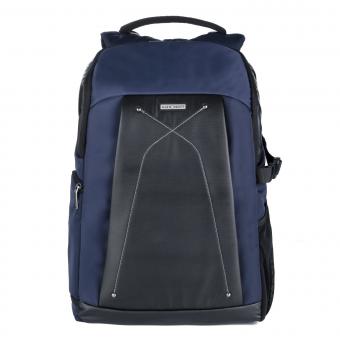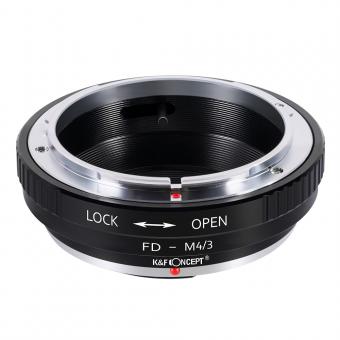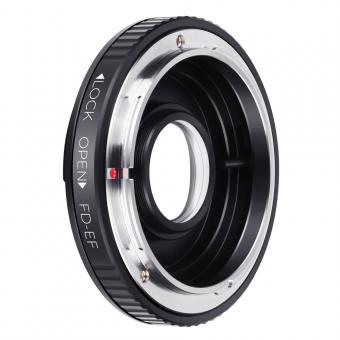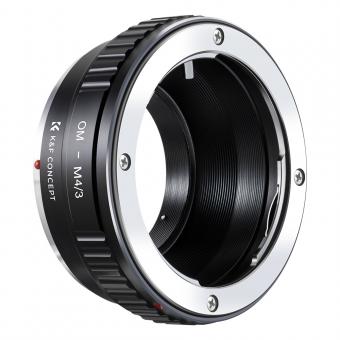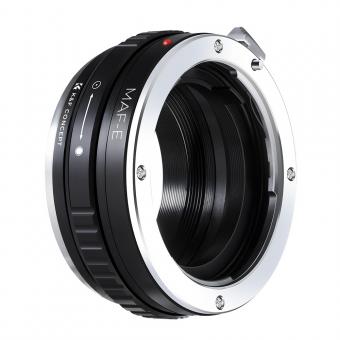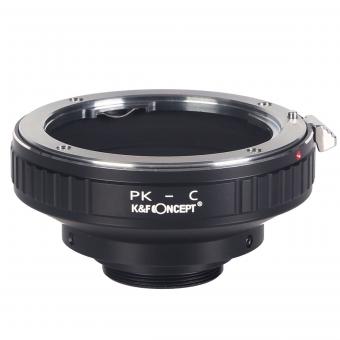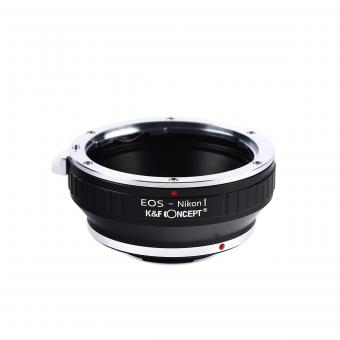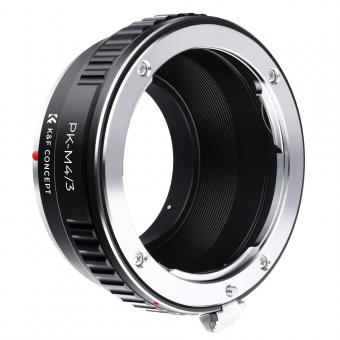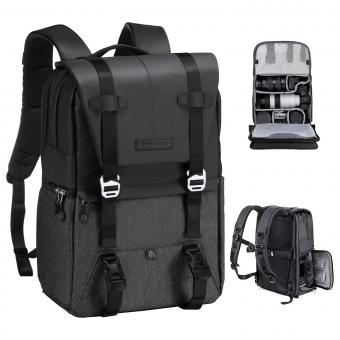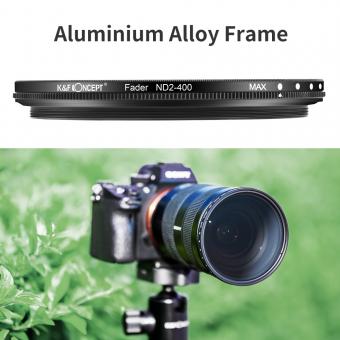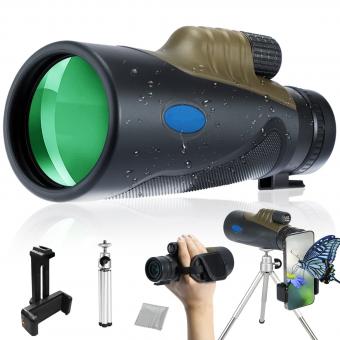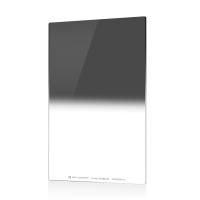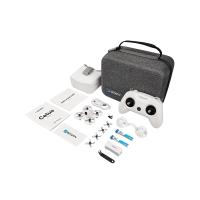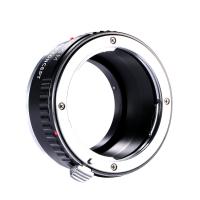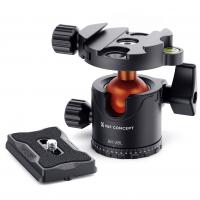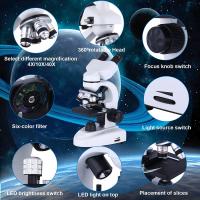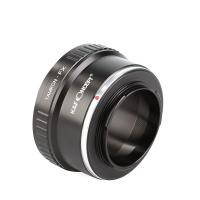Where To Place Cameras On House ?
Cameras on a house can be placed in various locations depending on the specific needs and objectives. Common placements include the front door, back door, garage, driveway, and other entry points. It is also recommended to cover blind spots and vulnerable areas such as windows, side gates, and outdoor storage areas. The exact placement should be determined by considering factors like the layout of the property, potential points of entry, and the desired coverage area. Additionally, it is important to ensure that cameras are positioned at a height and angle that provides a clear view of the area while minimizing obstructions.
1、 Exterior camera placement for optimal home security coverage
Exterior camera placement for optimal home security coverage is crucial in ensuring the safety and protection of your property. When determining where to place cameras on your house, it is important to consider several factors to maximize their effectiveness.
Firstly, the front door is a primary entry point for potential intruders, making it a critical area to monitor. Placing a camera above the front door or on the porch can provide a clear view of anyone approaching or attempting to gain access to your home.
Secondly, the back and side entrances should also be covered. These areas are often targeted by burglars as they offer more privacy and are less likely to be seen by neighbors. By placing cameras at these points, you can capture any suspicious activity and deter potential intruders.
Additionally, consider placing cameras near windows, especially those on the ground floor. Windows are another common entry point for burglars, and having cameras overlooking them can help prevent break-ins.
Furthermore, it is important to cover the perimeter of your property. Placing cameras at strategic points along the exterior walls can provide a comprehensive view of the surroundings and help detect any unauthorized access.
In recent years, advancements in technology have introduced wireless and smart cameras that offer greater flexibility in placement. These cameras can be installed in areas that were previously difficult to reach, such as trees or corners of the house, providing a wider field of view.
Ultimately, the optimal placement of cameras on your house will depend on the layout of your property and your specific security needs. It is recommended to consult with a professional security company or a trusted advisor to ensure you have the best coverage for your home.
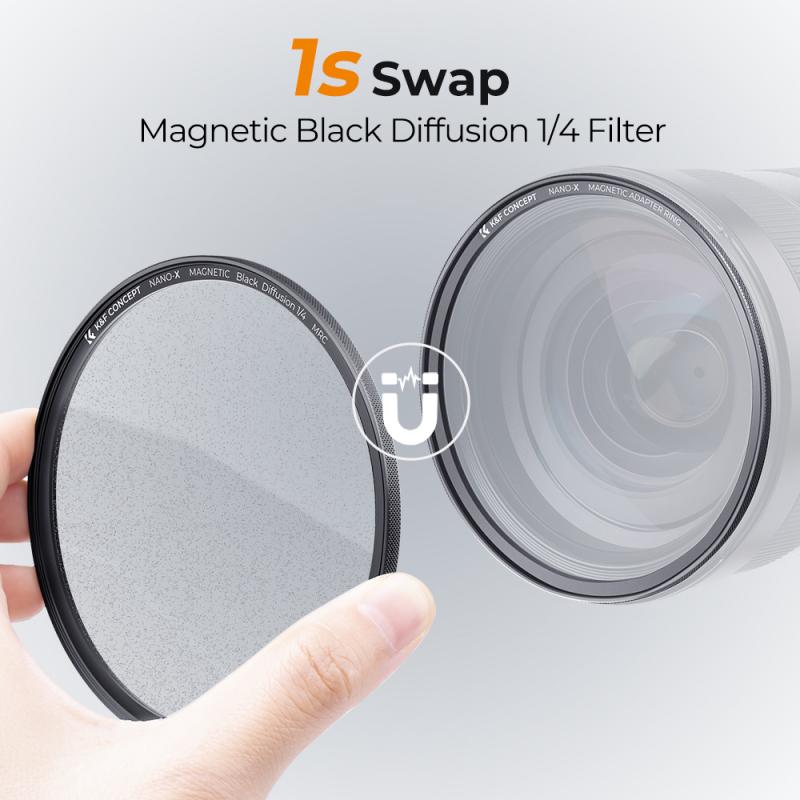
2、 Strategic indoor camera placement for monitoring key areas
Strategic indoor camera placement for monitoring key areas is crucial for ensuring the security and surveillance of your house. When determining where to place cameras, it is important to consider the layout of your home and identify the areas that require the most attention.
One of the key areas to monitor is the main entrance or front door. This is the most common point of entry for intruders, so placing a camera here can help capture any suspicious activity or potential break-ins. Additionally, consider placing cameras near other entry points such as back doors, windows, and garage doors.
Another important area to monitor is the living room or common areas where valuable items are often kept. Placing a camera in these areas can help deter theft and provide evidence in case of a break-in. Additionally, consider placing cameras in hallways or staircases leading to bedrooms, as these areas are often targeted by burglars.
In recent years, there has been an increasing trend towards placing cameras in home offices or study areas. With more people working remotely, having a camera in these spaces can help monitor for any unauthorized access or theft of sensitive information.
It is also worth considering placing cameras in areas where children or elderly family members spend a significant amount of time. This can help ensure their safety and provide peace of mind for caregivers.
Lastly, it is important to ensure that cameras are placed discreetly to avoid tampering or obstruction. Consider hiding cameras in inconspicuous objects or using dome cameras that are difficult to tamper with.
In conclusion, strategic indoor camera placement for monitoring key areas involves considering the main entrance, other entry points, common areas, hallways, home offices, and areas where vulnerable individuals spend time. By placing cameras in these areas, you can enhance the security and surveillance of your house, providing peace of mind for you and your family.

3、 Considerations for camera placement to maximize surveillance effectiveness
When considering where to place cameras on a house to maximize surveillance effectiveness, there are several important considerations to keep in mind. These considerations have evolved with the latest advancements in technology and the changing nature of security threats.
Firstly, it is crucial to identify the vulnerable areas of your property. These typically include entry points such as doors, windows, and garage doors. Placing cameras at these locations will provide a clear view of anyone attempting to gain unauthorized access.
Additionally, it is important to consider the field of view of the cameras. Wide-angle lenses can cover larger areas, while narrow lenses can provide more detailed views of specific areas. Striking a balance between the two is essential to ensure comprehensive coverage.
Another consideration is the placement of cameras at different heights. Mounting cameras at eye level can help capture clear facial features, aiding in identification. However, it is also beneficial to install cameras at higher locations to capture a broader view of the surroundings.
Furthermore, it is important to consider the lighting conditions in the areas where cameras will be placed. Infrared cameras are effective in low-light conditions, while well-lit areas may require different camera specifications. Ensuring proper lighting will enhance the quality of the footage captured.
Lastly, it is crucial to protect the cameras from vandalism or tampering. Placing cameras out of reach or using protective casings can help prevent damage and ensure continuous surveillance.
In conclusion, when determining where to place cameras on a house, it is essential to consider vulnerable areas, field of view, camera height, lighting conditions, and protection against vandalism. By carefully considering these factors and staying up to date with the latest advancements in surveillance technology, homeowners can maximize the effectiveness of their surveillance systems and enhance the security of their property.
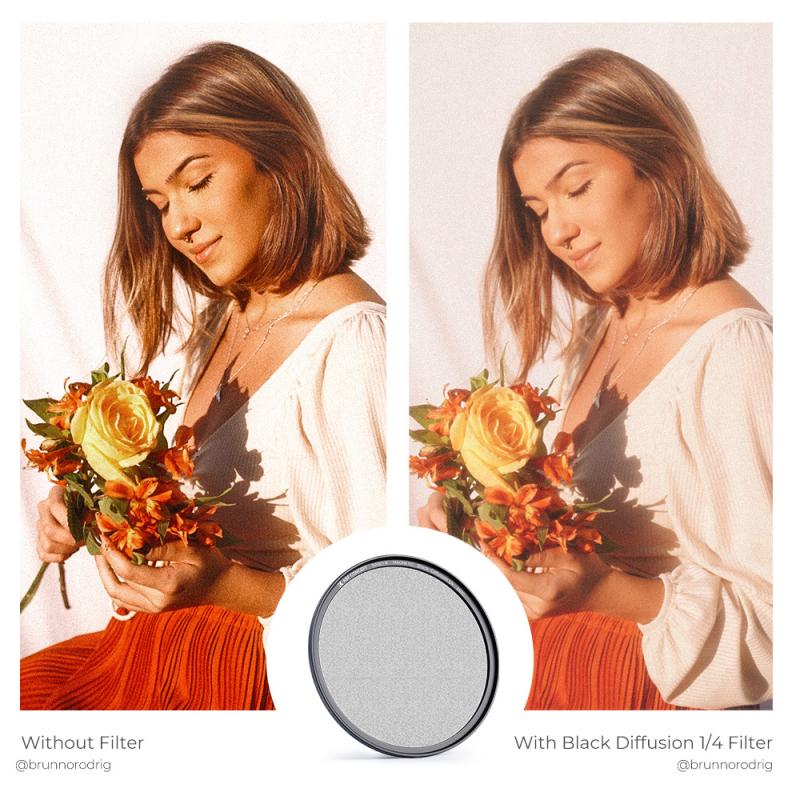
4、 Recommended camera positions for capturing clear footage around the house
When it comes to placing cameras around your house, it is important to consider the areas that are most vulnerable to potential threats. Here are some recommended camera positions for capturing clear footage around your house:
1. Front Door: This is a common entry point for burglars, so placing a camera here can help capture any suspicious activity or potential break-ins. Mount the camera at a height where it can capture the face of anyone approaching the door.
2. Backyard: The backyard is often overlooked, but it is a common target for burglars as it provides privacy. Install cameras overlooking the back entrance, patio, or any other access points to the backyard.
3. Side Entrances: Many houses have side entrances or windows that can be easily accessed by intruders. Placing cameras near these areas can help monitor any unauthorized access.
4. Garage: If you have a detached garage or an attached one with a separate entrance, it is crucial to have cameras installed to monitor any suspicious activity in this area.
5. Driveway: Placing a camera overlooking the driveway can help capture any vehicles or individuals approaching your property. This can be particularly useful for identifying potential threats or monitoring deliveries.
6. Windows: Consider placing cameras near ground-level windows or any windows that are easily accessible. This can help capture any attempted break-ins or vandalism.
7. Common Areas: If you have a large property or live in a neighborhood with shared spaces, consider placing cameras in common areas such as community gates, playgrounds, or parking lots. This can help deter criminal activity and provide additional security for the entire community.
It is important to note that the latest point of view in camera placement is to ensure that the cameras are discreetly installed to avoid tampering or vandalism. Additionally, consider investing in cameras with high-resolution capabilities and night vision to capture clear footage even in low-light conditions.


